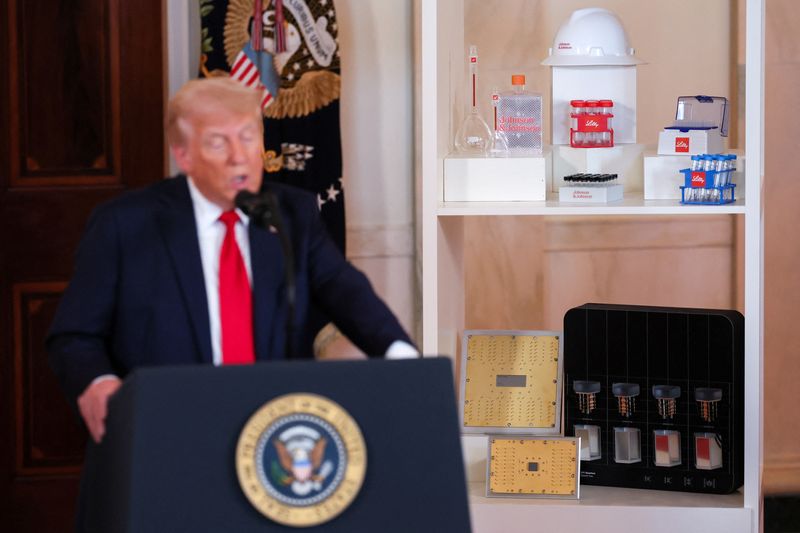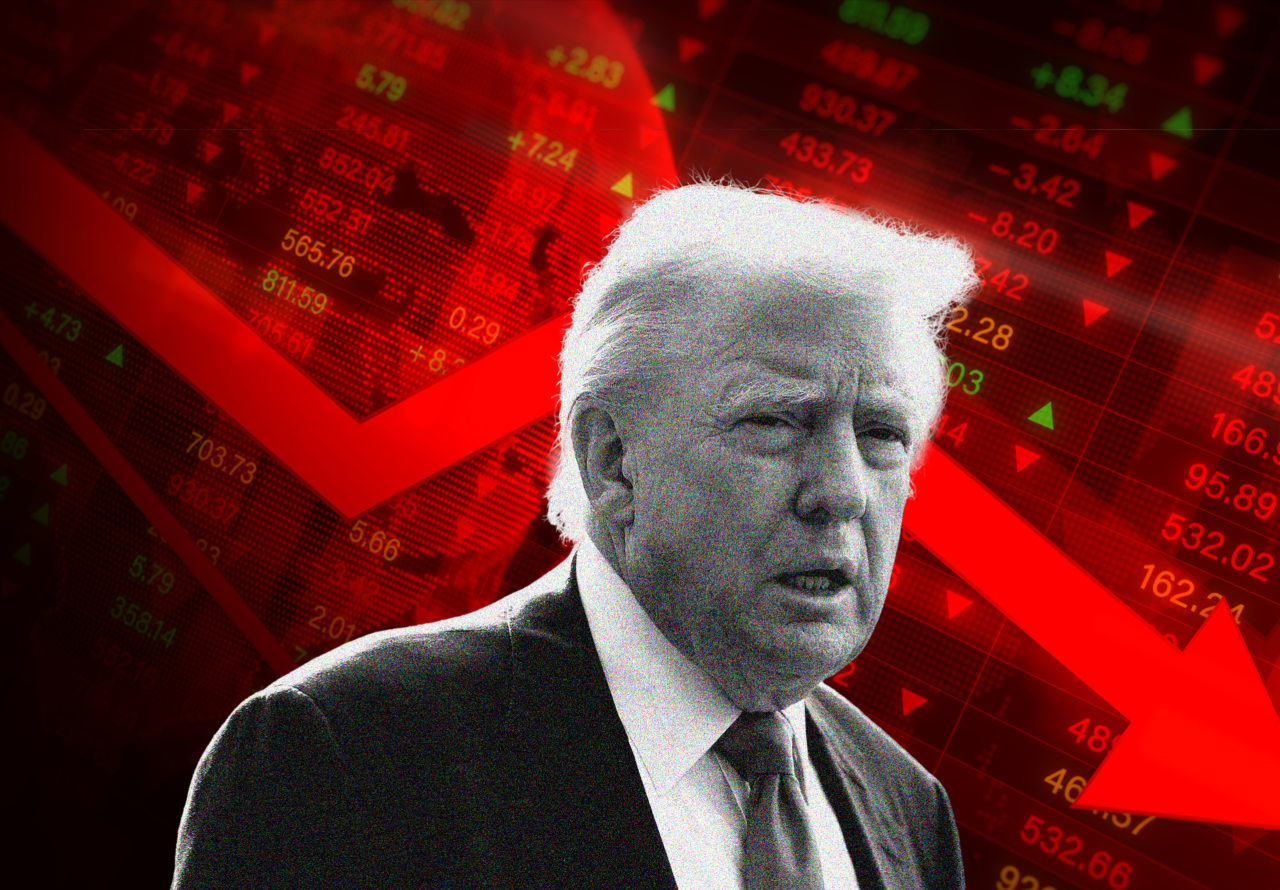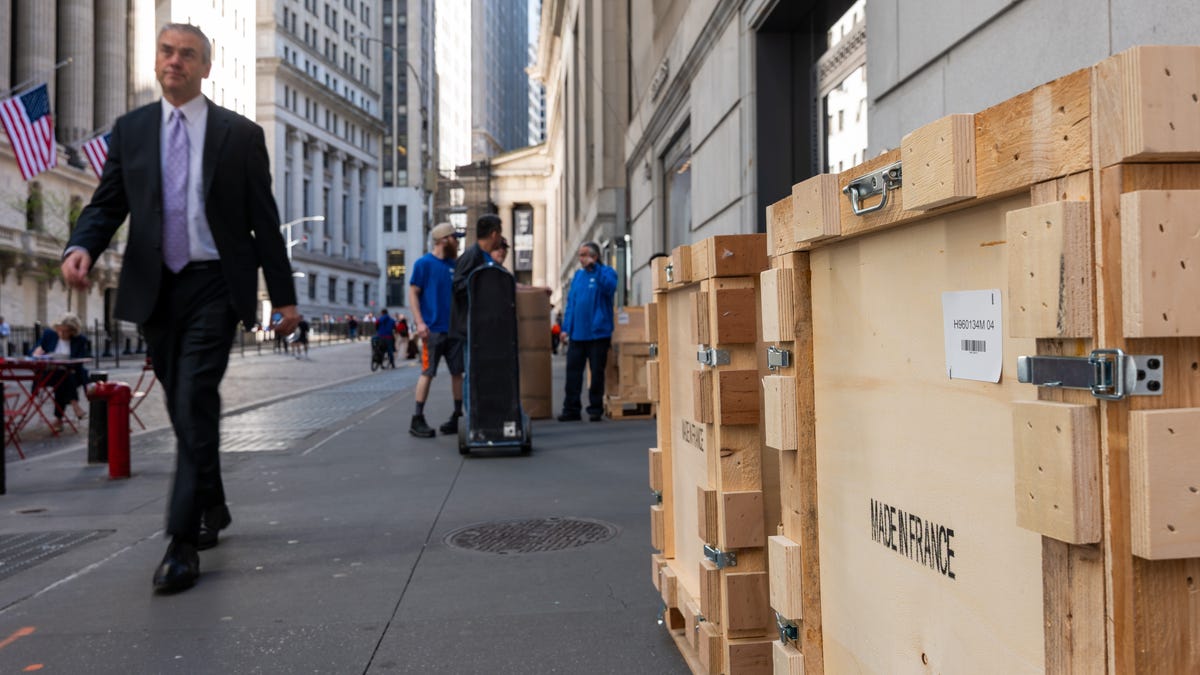Worried about high prices from tariffs? Wait till the aluminum crunch America isn’t ready for
America is alarmingly unprepared to meet surging demand for a material deeply embedded in nearly every aspect of modern life.

In the race to secure the materials of the future, the United States is falling dangerously behind—and the consequences are starting to show.
Last week, the International Monetary Fund downgraded its global and U.S. economic outlook, pointing to escalating trade tensions and sweeping tariffs as key drivers of the slowdown. The warning is clear: Economic uncertainty is mounting, and our over-reliance on fragile, globalized supply chains is putting American industries at risk.
Nowhere is that more evident than in the case of aluminum.
Aluminum is not a luxury good. It’s a foundational metal—indispensable to energy transmission, cars, construction, packaging, and even military products. And yet, despite rising demand, U.S. production capacity has all but collapsed.
At the turn of the millennium, the United States was the global leader in aluminum production. Twenty-three smelters operated nationwide. Today, only four remain active—and they are not running at full capacity. The closure of key plants in recent years has hollowed out a once-robust industry.
I work at an organization that researches American industry, and when we examined aluminum supply chains, we found something sobering. A new report from Industrious Labs forecasts that domestic demand for primary aluminum could surge as much as 40% by 2035. That’s a staggering increase for a material so deeply embedded in nearly every aspect of modern life—and we are alarmingly unprepared to meet it.
Currently, 82% of the primary aluminum Americans now consume is imported, making the U.S. the world’s largest net importer of aluminum. Over half comes from Canada, a friendly and reliable partner—for now. But with global markets tightening, anti-American sentiment in Canada rising, and European trade regulations poised to reroute Canadian supply to Europe, the U.S. may soon find itself at the back of the line.
In other words, we are on the cusp of an aluminum crunch.
According to the Industrious Labs report, the U.S. could need up to 6.4 million metric tons of primary aluminum per year by 2035. That’s far beyond what we can produce domestically today. If the U.S. can’t get the aluminum it needs, then the consequences will be stark: Prices for cars, power lines, packaging, and even clean energy infrastructure could rise sharply as manufacturers scramble for limited supply.
What can we do?
The U.S. must act decisively to rebuild and modernize its aluminum sector. That means restarting idle smelters, ramping up capacity at existing facilities, and—crucially—investing in new aluminum infrastructure, something this country hasn’t done in over 45 years.
There are promising opportunities—but none of them will materialize without strategic federal investment. Century Aluminum’s proposed new smelter—the first in nearly half a century—offers a chance to double production capacity. Expanding operations at active sites would also deliver more. Facilities that have recently shuttered could also be restarted—the Hawesville and Magnitude 7 Metals smelters could restore half a million metric tons of capacity and create an estimated 1,000 jobs. But unlocking this potential will require bold federal action to jumpstart investment and bring these projects to life.
This is about more than meeting demand. It’s about building a future-proof economy. If we fail to secure a reliable, domestic, and sustainable supply of aluminum, we risk a shortfall of a critical material that serves as the foundation of our economy—and the jobs that come with it.
The next five to 10 years will be critical. With the right mix of public and private investment, smart industrial policy, and a commitment to modernization, the U.S. can revitalize its aluminum sector and lead the way in sustainable manufacturing. Without it, we’re not just ceding market share—we’re compromising industrial revitalization and economic resilience.
The opinions expressed in Fortune.com commentary pieces are solely the views of their authors and do not necessarily reflect the opinions and beliefs of Fortune.
This story was originally featured on Fortune.com


















































































































































![[Free Webinar] Guide to Securing Your Entire Identity Lifecycle Against AI-Powered Threats](https://blogger.googleusercontent.com/img/b/R29vZ2xl/AVvXsEjqbZf4bsDp6ei3fmQ8swm7GB5XoRrhZSFE7ZNhRLFO49KlmdgpIDCZWMSv7rydpEShIrNb9crnH5p6mFZbURzO5HC9I4RlzJazBBw5aHOTmI38sqiZIWPldRqut4bTgegipjOk5VgktVOwCKF_ncLeBX-pMTO_GMVMfbzZbf8eAj21V04y_NiOaSApGkM/s1600/webinar-play.jpg?#)












































